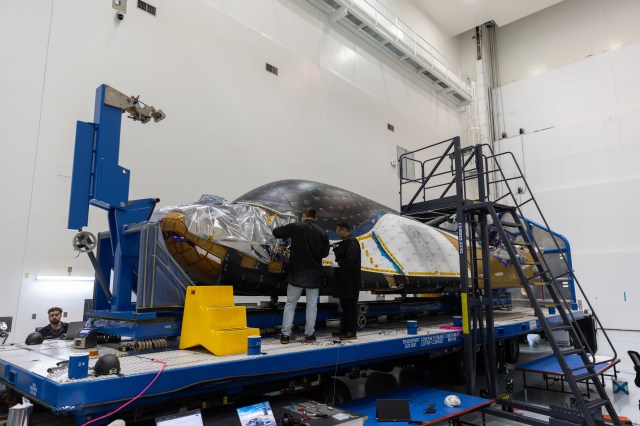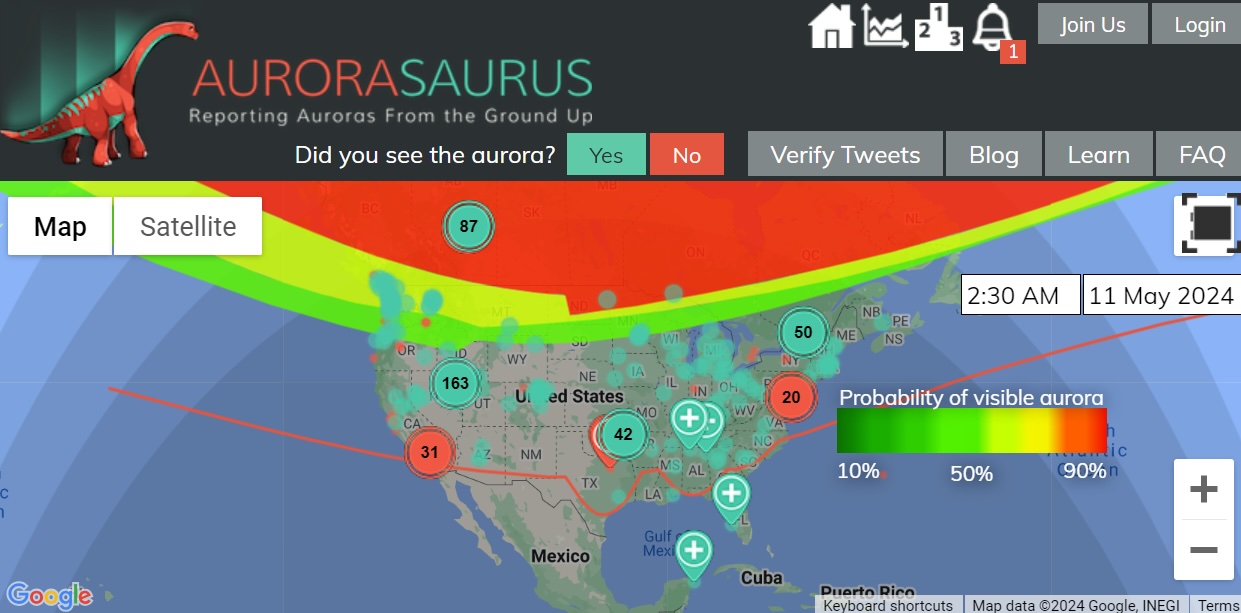Timothy Minton
University of Colorado, Boulder
ESI18 Timothy Minton Quad Chart
Understanding and predicting the radiative heat flux to the surface of a hypersonic vehicle is a considerable challenge and remains one of the most uncertain aspects of thermal protection system (TPS) design. Our proposed experimental and theoretical research will make a lasting contribution to the problem of predicting thermochemical and radiative environments associated with hypersonic atmospheric entry through a chemistry-focused approach. The radiation environment is the result of complex fluid dynamics, high-temperature gas-phase and gas-surface chemistry, material response, and absorption and emission of radiation, where all processes occur under nonequilibrium conditions. The focus of our studies is on the interaction of TPS ablation products and dissociated air species in the boundary layer of a carbon-based ablator, where gas-phase reactions result in the formation of highly internally excited products that may radiate strongly and may also adsorb radiation, thereby dictating the radiative heat flux. The specific boundary-layer reactions to be studied are O + CO, O + CO2, O + N2, O + NO, N + O2, and N + CO. We will use a balance of molecular beam experiments, theoretical chemistry, and hypersonic flow simulations to develop new/updated/validated air-CO/CO2 reaction rate models for use in computational fluid dynamics and carry out validation studies with existing and on-going high-enthalpy ablation experiments.






























